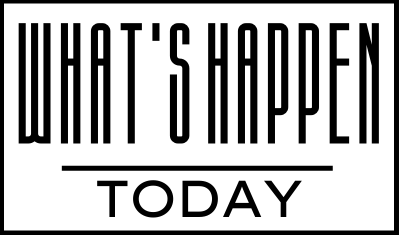Microsoft’s AI Screenshot Tool: From Privacy Nightmare to…?
Okay, so remember all the fuss about Microsoft’s new AI screenshot tool? The one that was *immediately* dubbed a “privacy nightmare”? Yeah, that one. It’s back, kinda. After a swift recall (which, let’s be honest, was probably a good thing considering the initial uproar), Microsoft has re-released the thing, claiming to have addressed some of the…um… *concerns*.
For those who missed the drama (or were too busy facepalming at the initial rollout), the tool basically lets you take a screenshot, and then uses AI to, well, do AI-y things. Think smart cropping, automatic image enhancement, the works. Sounds pretty slick, right? Except… the initial version apparently scooped up way more data than it needed. We’re talking potentially sensitive info beyond just the screenshot itself. Think context from surrounding windows, maybe even bits of text from other apps. Not exactly ideal for those of us who value our privacy, am I right?
The outcry was… significant. People were less than thrilled at the prospect of their entire digital life being subtly analyzed by a tool designed to, you know, make screenshots look better. The internet, as it often does, went into a frenzy of righteous indignation. Memes were made. Articles were written. And Microsoft, well, they probably spent a few uncomfortable meetings explaining their decisions (and maybe re-evaluating their entire privacy policy).
So what’s changed? Officially, Microsoft claims to have tightened up the data collection process. They’re saying the new version is much more respectful of your personal information, focusing solely on the screenshot itself and not snooping around your entire desktop. They’ve also, presumably, added a few extra layers of security and obfuscation to make sure nothing accidentally slips through the cracks.
But here’s the thing: trust is a fragile thing, especially in the tech world. Once you’ve earned the label “privacy nightmare,” it’s a tough one to shake off. Even with these supposed improvements, many people remain skeptical. There’s a lingering feeling that maybe, just maybe, Microsoft’s still collecting more data than they’re letting on. After all, the AI needs *something* to work with, right?
The bigger picture here is the ongoing tension between the convenience of AI-powered tools and the very real concerns about data privacy. It’s a debate that’s only going to get more heated as these technologies become more sophisticated and more integrated into our daily lives. We want the cool features, but we also want to feel safe and secure. It’s a delicate balancing act, and frankly, one that tech companies haven’t quite mastered yet.
This whole situation serves as a cautionary tale for both developers and users. For developers, it highlights the importance of carefully considering privacy implications from the very beginning of the design process. Don’t just tack privacy on as an afterthought; build it into the core of your product. For users, it’s a reminder to remain vigilant, to question what data is being collected and how it’s being used, and to choose your tools wisely. Don’t just blindly accept the convenience offered by AI; critically evaluate the potential trade-offs.
So, will this revised AI screenshot tool win back users’ trust? Only time will tell. For now, it remains a fascinating case study in the ongoing struggle to balance innovation with responsible data handling. And let’s be honest, it’s also a pretty compelling reminder that even the biggest tech giants can make spectacularly bad – and potentially privacy-violating – blunders.
The situation underscores the need for clearer communication from tech companies about their data practices. Transparency is key. Users deserve to know exactly what data is collected, why it’s collected, and how it’s used. Anything less is simply unacceptable in today’s increasingly data-driven world. It’s time for the industry to take data privacy seriously – and to show us they’re doing it.
Let’s hope Microsoft has truly learned its lesson. The alternative isn’t pretty.

